I'm trying to update below function to report the clusters info via legend:
color_names = ["red", "blue", "yellow", "black", "pink", "purple", "orange"]
def plot_3d_transformed_data(df, title, colors="red"):
ax = plt.figure(figsize=(12,10)).gca(projection='3d')
#fig = plt.figure(figsize=(8, 8))
#ax = fig.add_subplot(111, projection='3d')
if type(colors) is np.ndarray:
for cname, class_label in zip(color_names, np.unique(colors)):
X_color = df[colors == class_label]
ax.scatter(X_color[:, 0], X_color[:, 1], X_color[:, 2], marker="x", c=cname, label=f"Cluster {class_label}" if type(colors) is np.ndarray else None)
else:
ax.scatter(df.Type, df.Length, df.Freq, alpha=0.6, c=colors, marker="x", label=str(clusterSizes) )
ax.set_xlabel("PC1: Type")
ax.set_ylabel("PC2: Length")
ax.set_zlabel("PC3: Frequency")
ax.set_title(title)
if type(colors) is np.ndarray:
#ax.legend()
plt.gca().legend()
plt.legend(bbox_to_anchor=(1.04,1), loc="upper left")
plt.show()
So I call my function to visualize the clusters patterns by:
plot_3d_transformed_data(pdf_km_pred,
f'Clustering rare URL parameters for data of date: {DATE_FROM} \nMethod: KMeans over PCA \nn_clusters={n_clusters} , Distance_Measure={DistanceMeasure}',
colors=pdf_km_pred.prediction_km)
print(clusterSizes)
Sadly I can't show the legend, and I have to print clusters members manually under the 3D plot. This is the output without legend with the following error:
No handles with labels found to put in legend.

I check this post, but I couldn't figure out what is the mistake in function to pass the cluster label list properly. I want to update the function so that I can demonstrate cluster labels via clusterSizes.index and their scale via clusterSizes.size
Expected output: As here suggests better using legend_elements() to determine a useful number of legend entries to be shown and return a tuple of handles and labels automatically.
Update: As I mentioned in the expected output should contain one legend for cluster labels and the other legend for cluster size (number of instances in each cluster). It might report this info via single legend too.
Please see below example for 2D:


